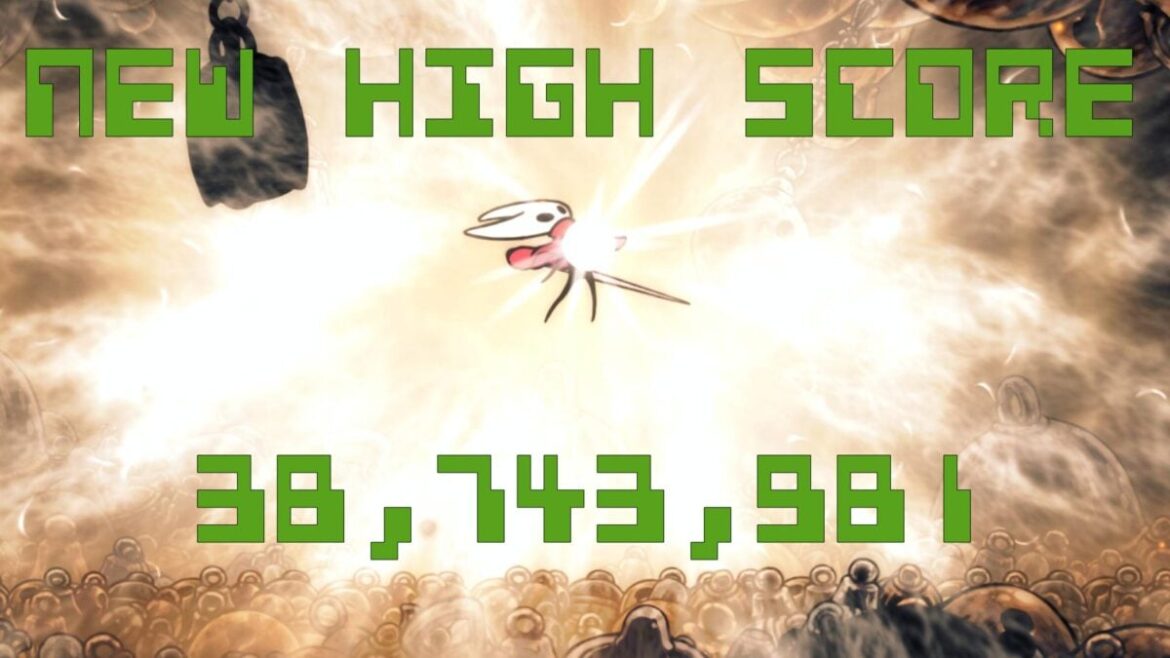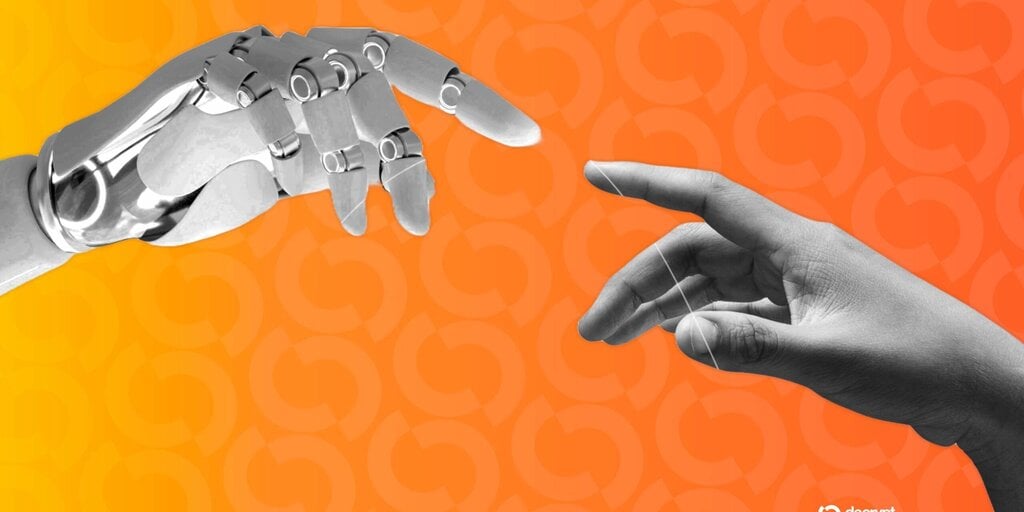America’s biggest crypto exchange Coinbase became the latest company in the digital asset space to apply to the Office of the Comptroller of Currency (OCC) for a national trust charter.
The public company announced the move on Friday, following in the footsteps of stablecoin issuers Circle and Paxos, and fintech Ripple.
“Coinbase has no intention of becoming a bank,” the exchange said. “It is our firm belief that clear rules and the trust of our regulators and customers enable Coinbase to confidently innovate while ensuring proper oversight and security.”
“If approved, the charter would continue to open up opportunities for Coinbase to launch new products beyond custody, including payments and related services, with the confidence of regulatory clarity, fostering broader institutional adoption,” the company added.
This is a breaking news story and will be updated.
Daily Debrief Newsletter
Start every day with the top news stories right now, plus original features, a podcast, videos and more.






